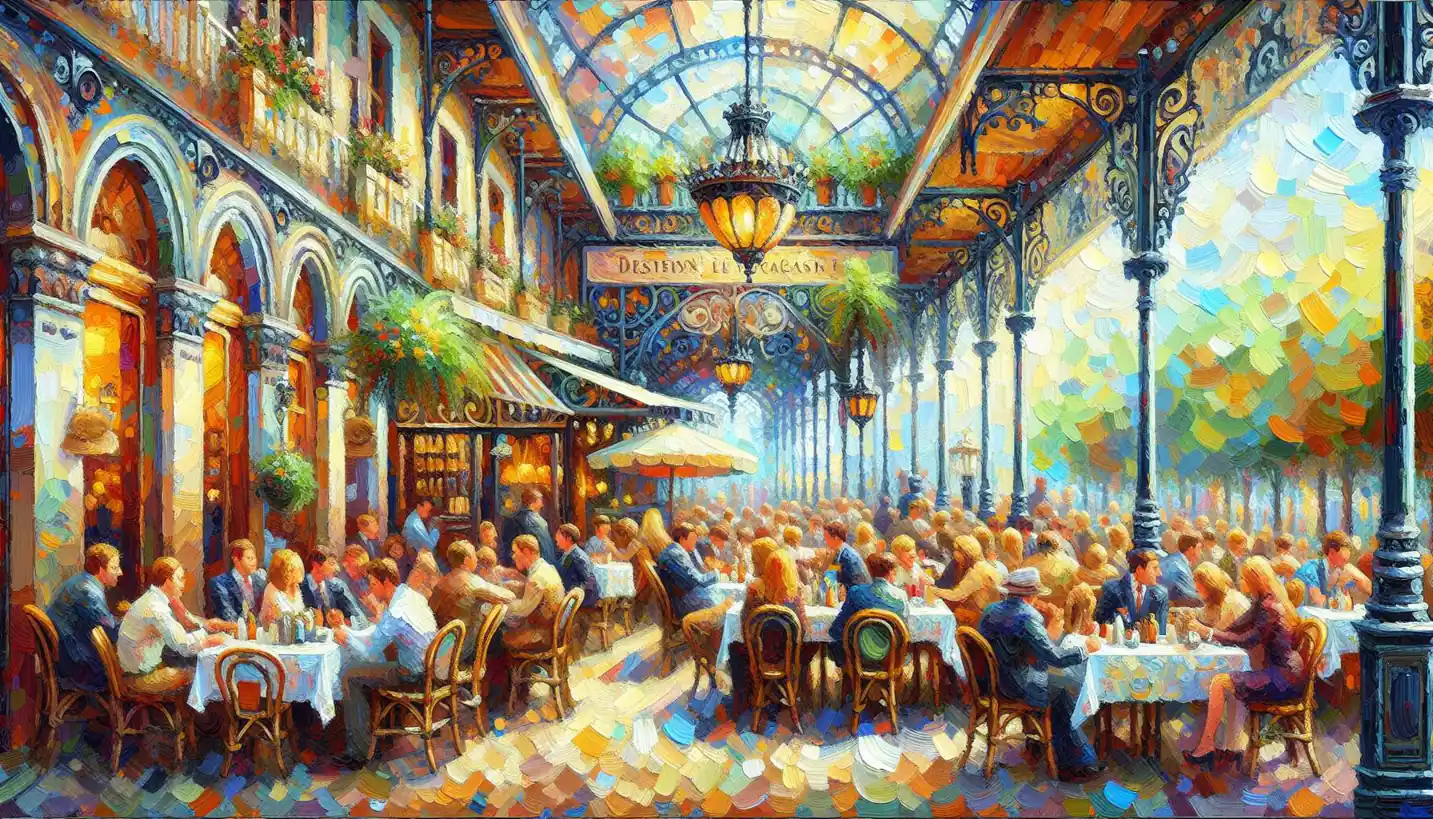· Art · 4 min read
Contextualization in Installation Art: Dynamic Spaces and Perception
Contextualization in installation art reshapes spaces, altering perception and creating immersive environments. Learn how context redefines the viewer's experience.

When we dive into the world of installation art, it’s like stepping into a new dimension where art transforms into an experience. Unlike traditional artworks, installation art isn’t confined to a frame on the wall. Instead, it uses the entire space around it. But what makes installation art so captivating is something called “contextualization.” Let’s unpack this concept and see how it challenges our perceptions.
The Essence of Contextualization
Think of contextualization as the art of placing meaning within a specific setting. It’s about how the surroundings influence the interpretation of an artwork. In installation art, the environment is part of the art, blurring the lines between the piece and the space it inhabits. This interaction can change how we understand and feel about the piece, making every experience unique.
How Space Becomes a Canvas
Imagine walking into a room filled with suspended mirrors. The mirrors reflect not only each other but also capture fragments of your reflection. Suddenly, you become part of the artwork. This immersive experience often leads to a dance between art and viewer, highlighting how different elements—even those outside the actual art piece—play into the interpretation. It’s like the art is whispering stories to each person differently.
Historical Roots and Pioneers
Installation art isn’t just a modern invention. It has roots going back to artists like Marcel Duchamp, whose readymades challenged what could be considered art. Fast forward, and artists like Yayoi Kusama, known for her infinity rooms, have expanded this dialogue, exploring how art shifts with context and audience interaction. These pioneers showed that context isn’t just a backdrop—it’s a dynamic part of the art experience.
Real-Life Examples: Interaction with Context
Consider an artwork located in a bustling city plaza. The sounds of traffic, the changing light throughout the day, even the weather, contribute to how the piece is perceived. Now, imagine moving that same installation to a quiet forest. The silence and natural surroundings would evoke entirely different emotions. This shift underscores how integral context is to the essence of installation art.
Challenges and Opportunities for Artists
Artists working with installation pieces often grapple with the concept of context. It presents an opportunity to play with perception, but it also requires a careful consideration of space and audience. How will the viewer move through the space? What will they hear, smell, or touch? These are questions integral to the creation process.
The arena of installation art hence becomes a playground, with vast potential to explore themes of identity, politics, and culture, all influenced by where and how the art is displayed. It’s a beautiful balancing act between control and unpredictability.
Shaping Future Narratives
With technology advancing at an astonishing pace, the future of contextualization in installation art offers a realm of possibilities. Imagine augmented reality installations where digital and physical spaces blend seamlessly. Or consider virtual reality, where the context shifts with just a change of perspective. This opens pathways for storytelling where the art literally changes in response to the participant’s actions.
Why Context Matters to Us
You might wonder, “Why should I care about the context of an artwork?” Well, art is a reflection of our world and our experiences within it. It invites us to see things from different angles, encouraging empathy and understanding. When art interacts with its environment, it mirrors how we engage with our surroundings every day. Understanding context in art can enhance our appreciation for the diverse perspectives and experiences that shape our world.
Posing Questions for Exploration
As we look towards the evolving landscape of installation art, questions linger: How will artists adapt to new environments and societal changes? What role will technology play in shaping these experiences? How might viewers influence the art, becoming creators themselves? These questions drive curiosity and propel the art world into uncharted territories.
By placing installation art within its context, we unlock doors to fresh insights and experiences. It’s an ever-changing dance, reflecting the complexity and beauty of human perception. Whether in a bustling city or a serene landscape, contextualization in installation art challenges us to see, feel, and think differently, making it as dynamic and varied as the lives we lead.


